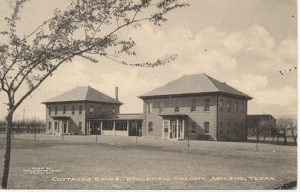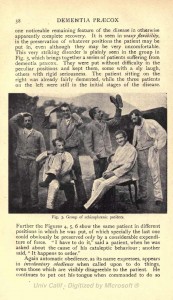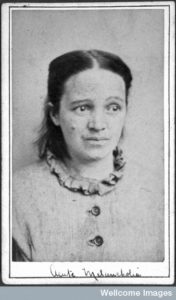As much as Dr. Harry Hummer wanted to expand the Canton Asylum for Insane Indians, he was seldom supported simultaneously by all the people he needed to help him. If he could get a commissioner of Indian Affairs on his side, the Secretary of the Interior wouldn’t help him. If he could get a government inspector to recommend expansion, he couldn’t get the commissioner to go along, and so forth. One of the expansion/improvement projects Hummer most wanted was an epileptic cottage. At any given time, approximately 20% of his patients were epileptics, and they created a great deal of work and need for oversight. Hummer wanted to keep all these patients in a dedicated facility to make their care more manageable. In 1922, Chief Medical Inspector, R. E. Newberne, recommended both expansion and an epileptic cottage, saying that additional land could possibly be paid for “from the sale of alfalfa and hogs.” This suggestion surely came from Hummer rather than his own analysis.
At the time of Newberne’s inspection, from a total of 90 patients, 21 had some form of epilepsy, 25 had dementia praecox, (later called schizophrenia by Dr. Emil Kraepelin) and 22 were imbeciles. Hummer also had three patients under 10 years of age, 9 patients between the ages of 10 and 19, and four who were between 70 and 79. Though it would seem that caring for the children and elderly would also be demanding, Hummer did not seem to refer to their special needs when speaking to inspectors or to the commissioner.
______________________________________________________________________________________








